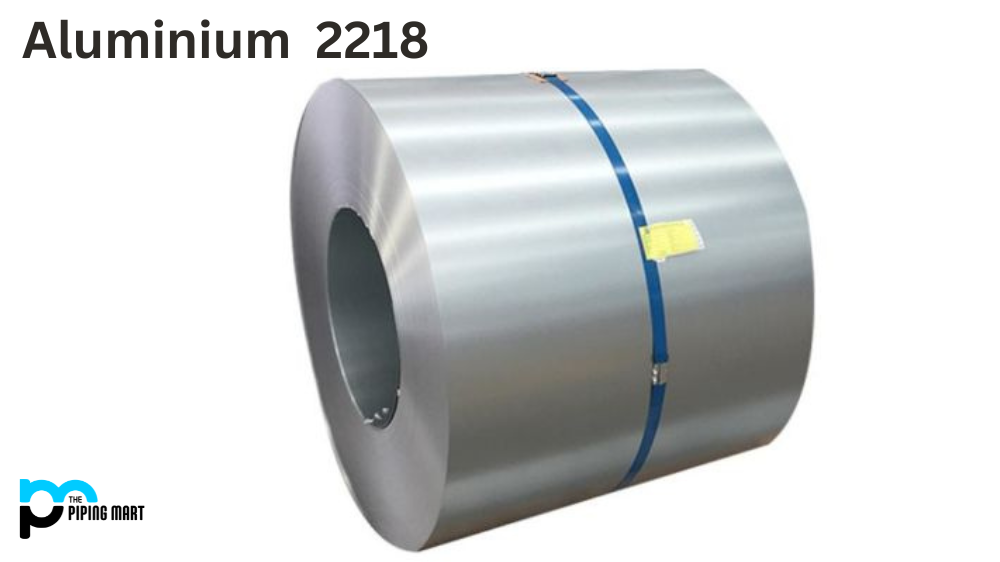If you’re in the manufacturing or aerospace industry, you’ve likely encountered AMS 4185 at some point. It’s a vital material specification that governs the composition, physical and mechanical properties of aluminium alloys used in these sectors. AMS4185 also specifies the heat treatment and hardness of these alloys. As a result, it’s incredibly important to understand the ins and outs of this standard to ensure the best outcome for your project. In this post, we’ll dive into AMS4185’s composition, physical and mechanical properties, uses, hardness, heat treatment, and more.
What is AMS 4185?
AMS 4185 (also known as 4047 Aluminium Alloy) as is a specification for aluminium alloys used in the aerospace industry. It specifies these alloys’ chemical composition, physical and mechanical properties, and heat treatment requirements. The standard was introduced to ensure consistent quality and to guarantee that the materials used in aerospace manufacturing meet strict requirements for safety and reliability.
AMS 4185 Composition
AMS4185 specifies the chemical composition of aluminium alloys used in the aerospace industry. These alloys primarily comprise aluminium, magnesium, and silicon, with minor additions of other elements. The exact composition varies depending on the specific alloy and its intended use.
| Element | Content (%) |
|---|---|
| Silicon, Si | 11-13 |
| Iron, Fe | 0.80 max |
| Copper, Cu | 0.30 max |
| Zinc, Zn | 0.20 max |
| Manganese, Mn | 0.15 max |
| Magnesium, Mg | 0.10 max |
| Remainder (each) | 0.05 |
| Remainder (total) | 0.15 |
| Aluminum, Al | Remainder |
AMS 4185 Physical Properties
AMS 4185 specifies the physical properties of aluminium alloys used in aerospace manufacturing. These properties include density, thermal conductivity, and electrical conductivity. The properties specified in AMS 4185 ensure that the alloys used in aerospace applications are lightweight, thermally and electrically conductive, and able to withstand the harsh conditions of flight.
| Properties | Metric | Imperial |
|---|---|---|
| Density | 2.6 g/cm3 | 0.096 lb/in3 |
AMS 4185 Mechanical Properties
AMS 4185 specifies the mechanical properties of aluminium alloys used in aerospace manufacturing. These properties include tensile strength, yield strength, and elongation. The mechanical properties specified in AMS 4185 ensure that the alloys used in aerospace applications are strong, durable, and can withstand the stresses of flight.
AMS 4185 Equivalents
- ANSI/AWS
- A5.10 (ER & R).
AMS 4185 Uses
AMS 4185 is primarily used in the aerospace industry to manufacture aircraft parts. Many critical components in an aircraft, such as the airframe, wings, and landing gear, are made from aluminium alloys specified in AMS 4185. These alloys are also used to manufacture other types of transportation, such as trains and automobiles.
AMS 4185 Hardness
AMS 4185 specifies the hardness requirements for aluminium alloys used in the aerospace industry. The hardness of these alloys is measured using the Brinell hardness test. The hardness requirements specified in AMS 4185 ensure that the alloys used in aerospace applications can withstand the stresses of flight, including impacts and vibrations.
AMS 4185 Heat treatment
AMS 4185 material specifies the heat treatment requirements for aluminium alloys used in the aerospace industry. Heat treatment is used to improve the mechanical properties of these alloys, such as increasing their strength and hardness. The heat treatment requirements specified in AMS 4185 ensure that the alloys used in aerospace applications can meet the strict requirements for safety and reliability.
Conclusion:
In conclusion, AMS 4185 is a vital standard for the aerospace industry that governs the chemical composition, physical and mechanical properties, and heat treatment requirements of aluminium alloys used in aerospace manufacturing. Understanding the ins and outs of this standard is crucial for ensuring the best outcome for your project and for the safety and reliability of aircraft components. Now that you clearly understand AMS 4185, its composition, physical and mechanical properties, uses, hardness, and heat treatment requirements, you can make informed decisions and choose the right materials for your aerospace project.

Abhishek is a seasoned blogger and industry expert, sharing his insights and knowledge on various topics. With his research, Abhishek offers valuable insights and tips for professionals and enthusiasts. Follow him for expert advice on the latest trends and developments in the metal industry.




